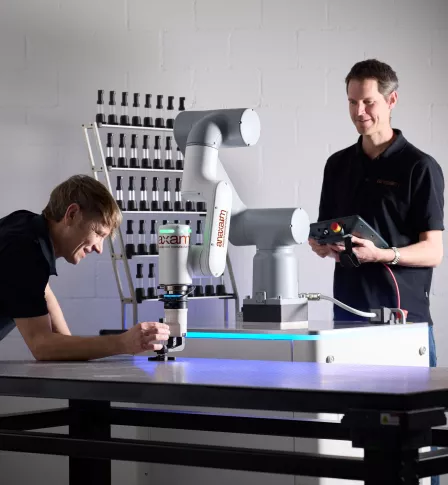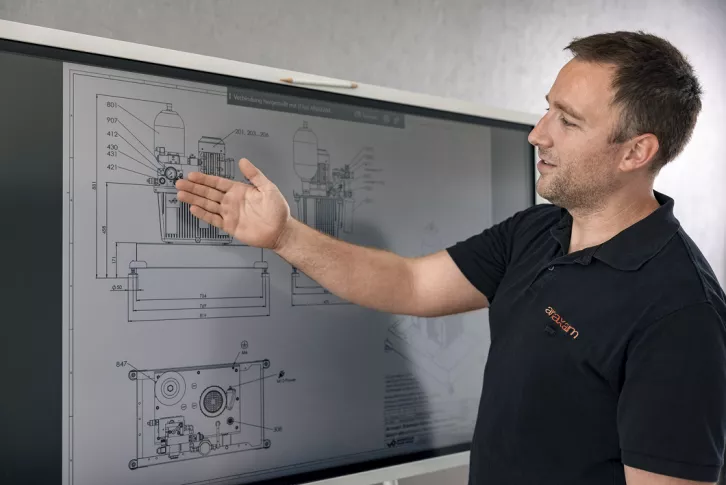Materials Testing
How Do Neutron and Synchrotron Radiation Advance Non-Destructive Materials Testing?
Non-destructive testing (NDT) integrates various inspection techniques to evaluate the physical, chemical, and structural properties of materials without causing any damage. Neutron and synchrotron radiation are two advanced technologies in this field. Neutron radiation penetrates deeply into materials and is especially effective at detecting defects in dense or large volumes. Synchrotron radiation enables atomic-level detail. Both methods provide precise insights into material structure and allow real-time analysis under operating conditions. Applications are found across industries such as aerospace, automotive, electronics, biomedical, and food technology. NDT helps optimize the product development cycle by enabling early defect detection, thereby reducing development time and cost.
Added Value and Benefits
- Deeper Material Analysis: Provides insights into the internal structure of materials at the submicroscopic level.
- Cost Efficiency: Reduces the need for prototypes and repeated testing by detecting defects early.
- Quality Improvement: Enhances product quality through accurate failure analysis and quality control.
- Extended Application Possibilities: Enables complex analyses from biological materials to electronic components.
- Sustainability: Supports sustainable production processes by minimizing material waste.
Questions and Answers (FAQ)
- Can non-destructive testing (NDT) detect hidden defects?
Yes, it is specifically designed to identify internal and non-visible defects.
- Can all material types be tested using NDT?
Yes, there are specific techniques for almost all materials, including metals, plastics, and ceramics.
- What is the difference between neutron and synchrotron radiation in materials testing?
Neutrons are especially suited for examining light atoms and internal structures, while synchrotron radiation provides detailed information on electronic structures.
- Which materials are suitable for these testing methods?
These methods are suitable for a wide range of materials, including metals, ceramics, plastics, and biological tissues.
- Where can these tests be carried out?
At specialized facilities such as synchrotron and neutron sources, often operated by national or international research centers—for example, at ANAXAM’s headquarters located next to the Paul Scherrer Institute.
Contact
Interested in innovative non-destructive testing methods and their implementation in your production process?
Contact ANAXAM to learn more about customized solutions.
Further key terms
Non-destructive testing, neutron radiation, synchrotron radiation, quality assurance, industrial metrology, material analysis, materials testing, material characterization, product development cycle, ANAXAM.


